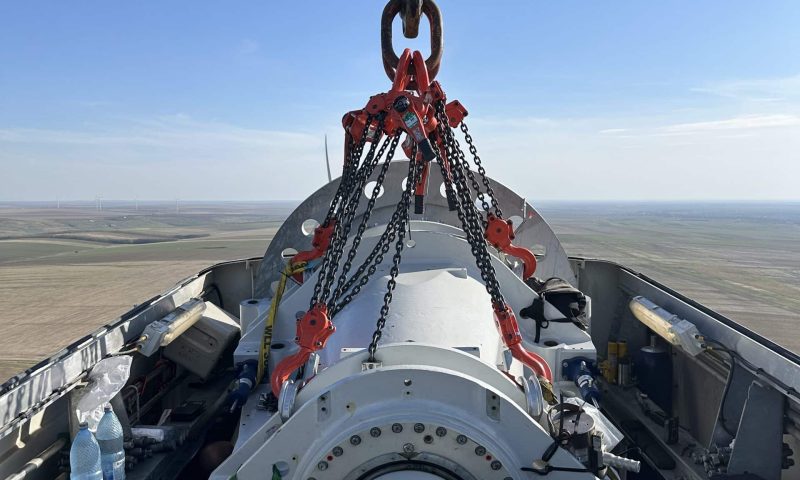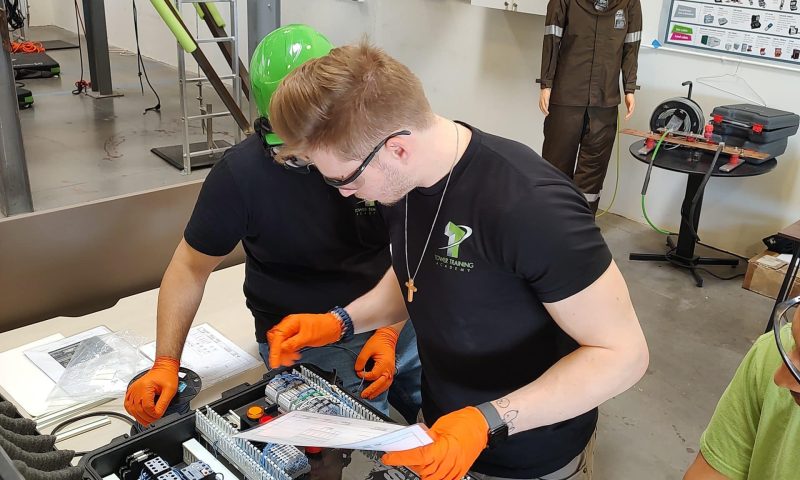Most blade bearings in large wind turbines are double-row four-point contact ball bearings. They connect the blades with the rotor and allow them to be pitched along their longitudinal axis. As the dimensions of wind turbines have been constantly increasing, every component has had to get bigger too, thus also increasing the loads on the blade bearings. Owing to their design, the load rating of ball bearings is limited, and their design life could become a limiting factor. This emphasises three-row roller bearings as blade bearings for the next generation of wind turbines. In the HAPT2 project, Fraunhofer IWES is evaluating the use of roller bearings as blade bearings.
Different bearing types used as blade bearings
Blade bearings are exposed to high alternating bending moments. The wind and gravitational forces act on the blade, thus introducing the load to one of the bearing rings. The load is then transferred to the other bearing ring through rolling bodies. For modern wind turbine blade bearings, these rolling bodies are balls, rollers, or a combination of both.
Double-row four-point contact ball bearings have balls as rolling elements, and these are in contact with the raceways at four points when the bearing is not under load. Any load acting on the bearing generates forces on the ball that have an axial and a radial component because the initial contact angles are less than 90 degrees.
The result is tilting and ovalisation of the bearing rings and an increase in the contact angles, which aggravates the risk of truncation. Truncation describes the situation when the contact ellipse is cut at the raceway edge. This increases the contact pressures, which can then exceed the theoretical maximum contact pressure of a full contact.
Three-row roller bearings have two rows of axial rollers that bear the main load acting on the bearing and one row of radial rollers that transfer the smaller radial loads. With its additional row of radial rollers, this bearing type has separate raceways to carry the axial and radial components of the acting load.




